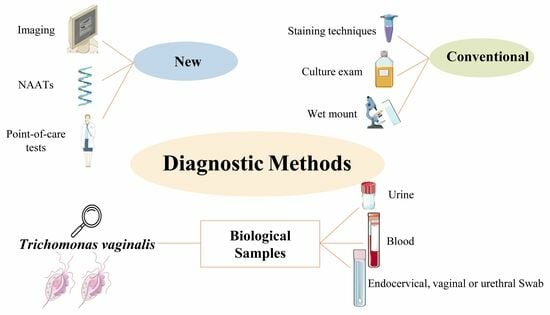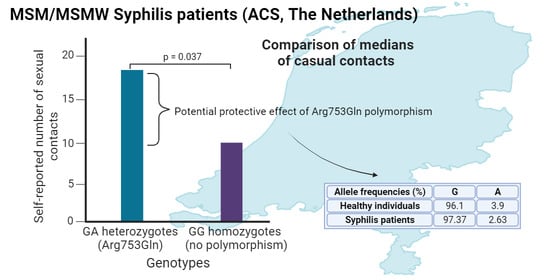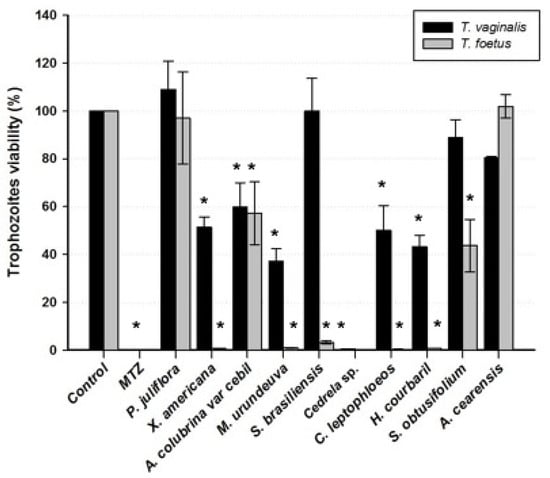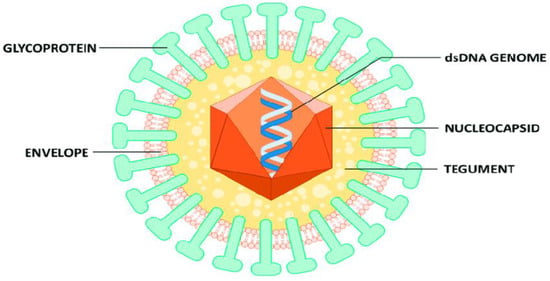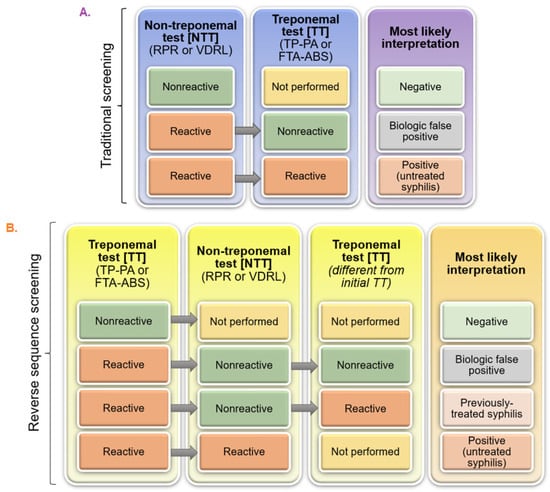Sexually transmitted infections (STIs) constitute a major public health issue in the United States. North Carolina (NC) in the southeastern U.S. ranks among the highest in STI incidence. We aimed to describe the incidence rates and identify potential risk factors of STIs in NC. The STI data reported by the NC Department of Health and Human Services for 2018 were compiled for chlamydia, gonorrhea, syphilis, and HIV infections for all 100 NC counties. Linear regression modeling was used to assess the association of STIs with predefined county-level variables. The mean STI incidence rates per 100,000 persons were highest for chlamydia (592.43 ± 30.02), followed by gonorrhea (212.06 ± 13.75), HIV (12.66 ± 0.947), and syphilis (3.33 ± 0.439). For chlamydia, higher risk was significantly associated with income (β = −0.008, SE = 0.003;
p = 0.006), education (some college; β = 10.02, SE = 3.15,
p = 0.002), race (Black; β = 12.17, SE = 1.57,
p < 0.0001), and number of truck stops (β = 20.20, SE = 6.75,
p = 0.004). The same variables, except for education, were associated with higher gonorrhea risk. Only race (being Black) was significantly associated with higher syphilis risk. Racial disparities in STI burden were significant, with race (being Black) constituting a risk factor for all four STIs. Interventions targeted to identified risk factors may help to reduce the STI burden in NC.
Full article











